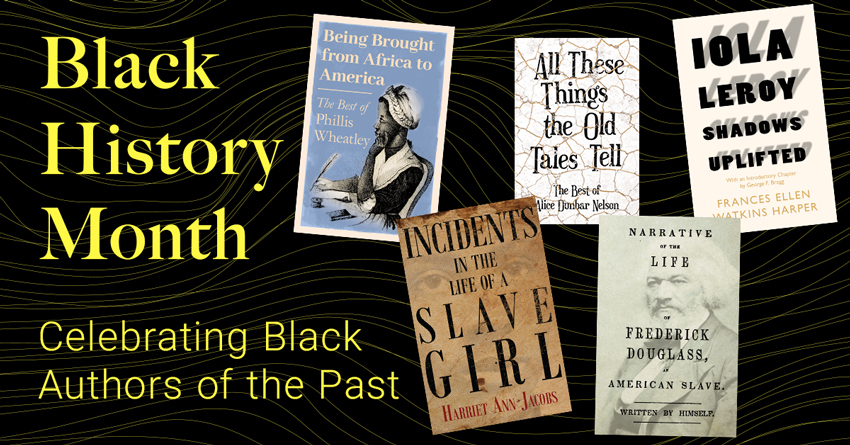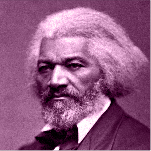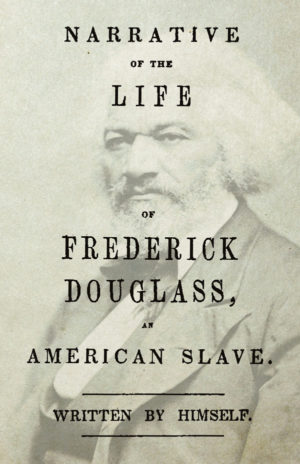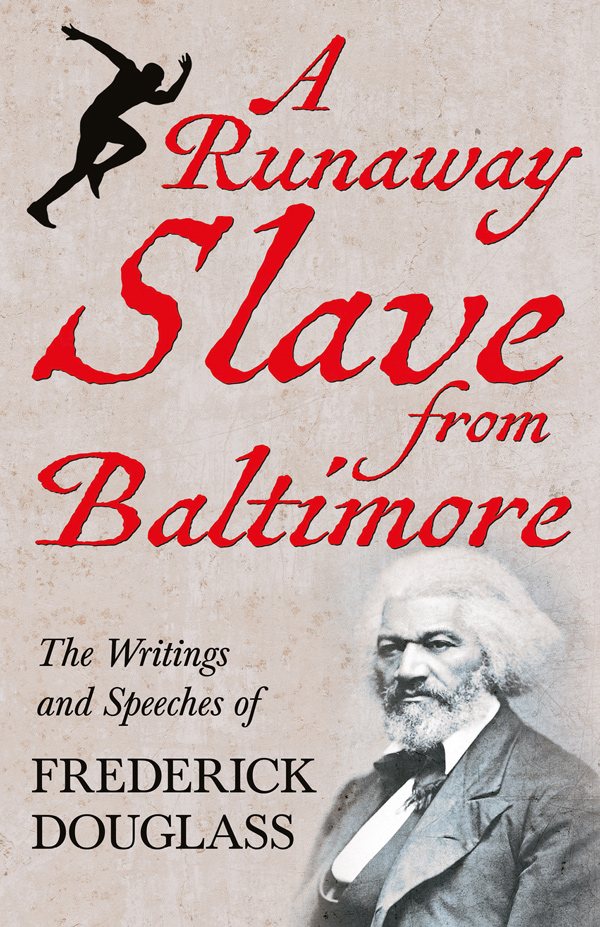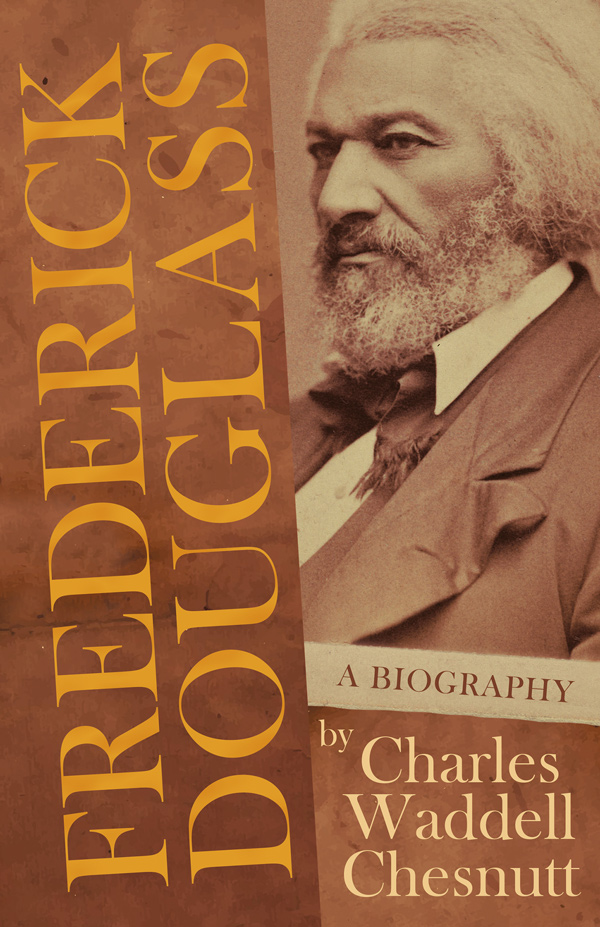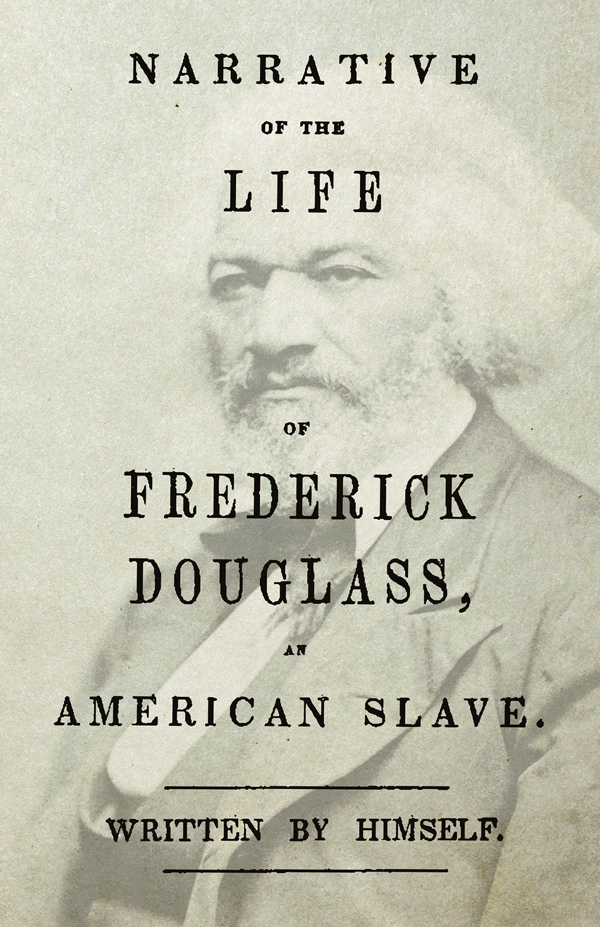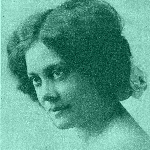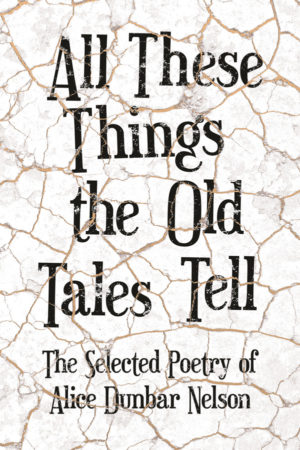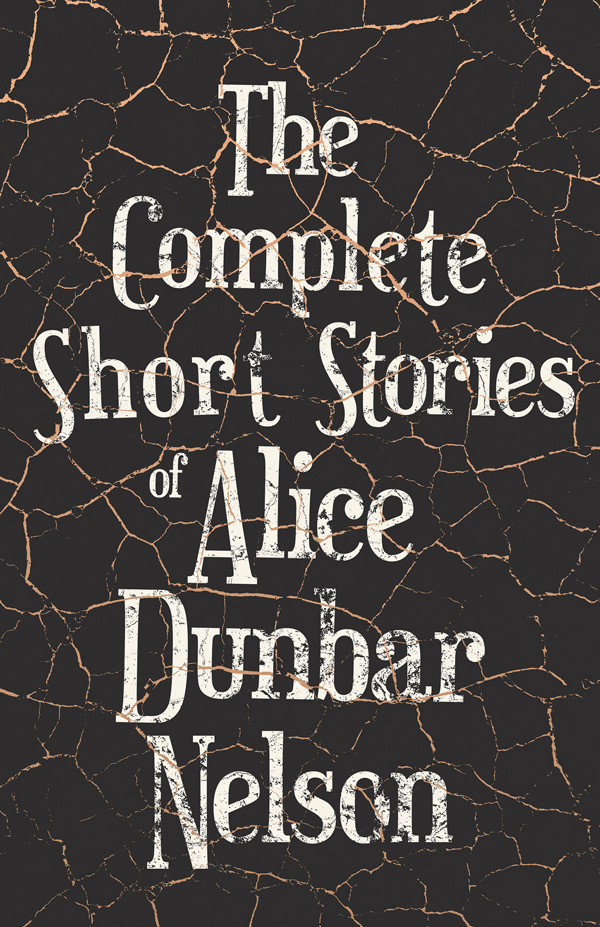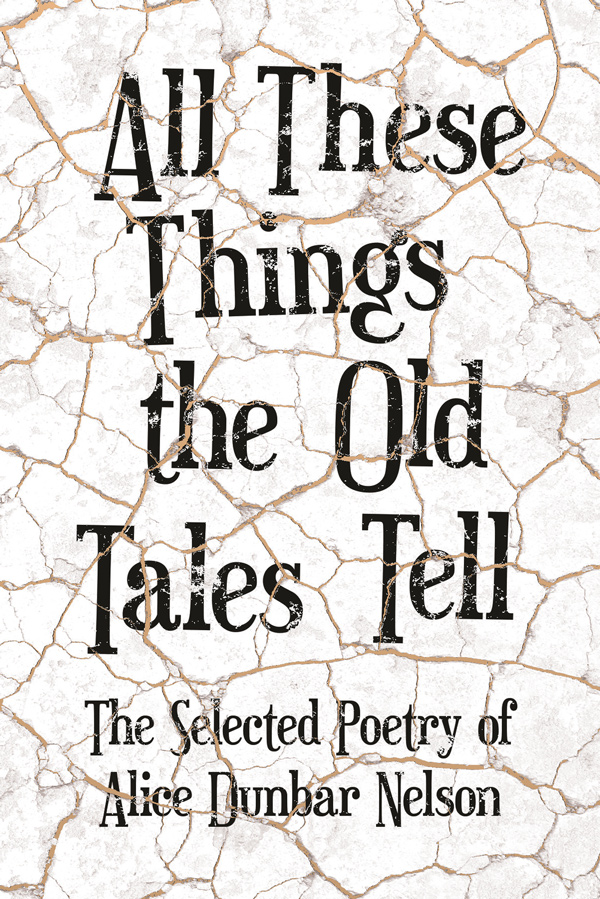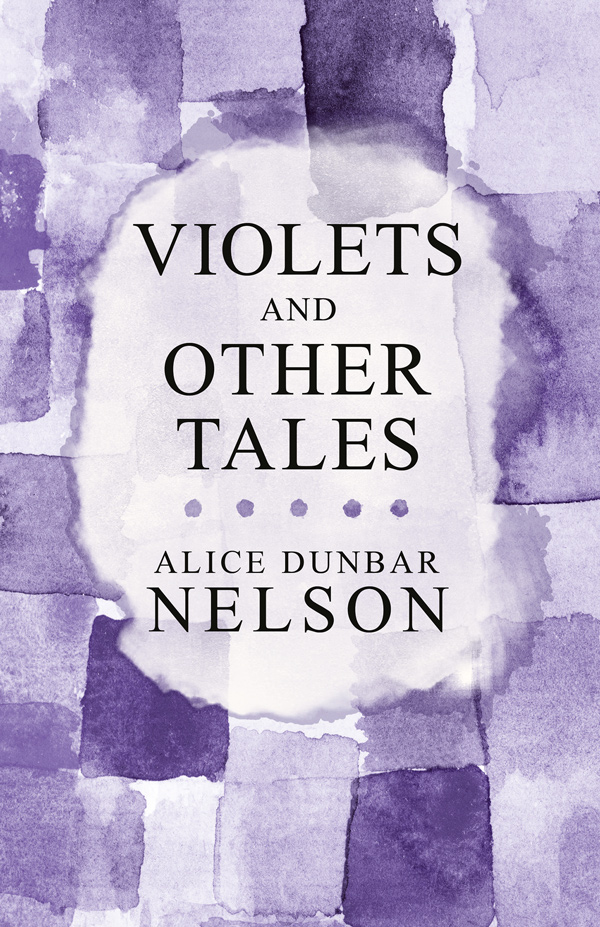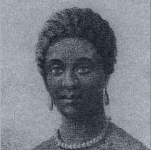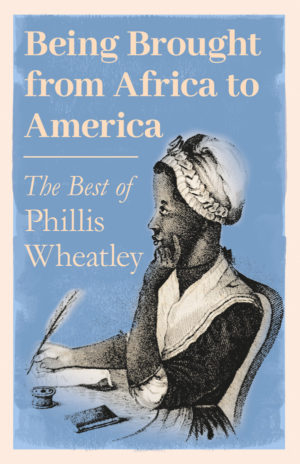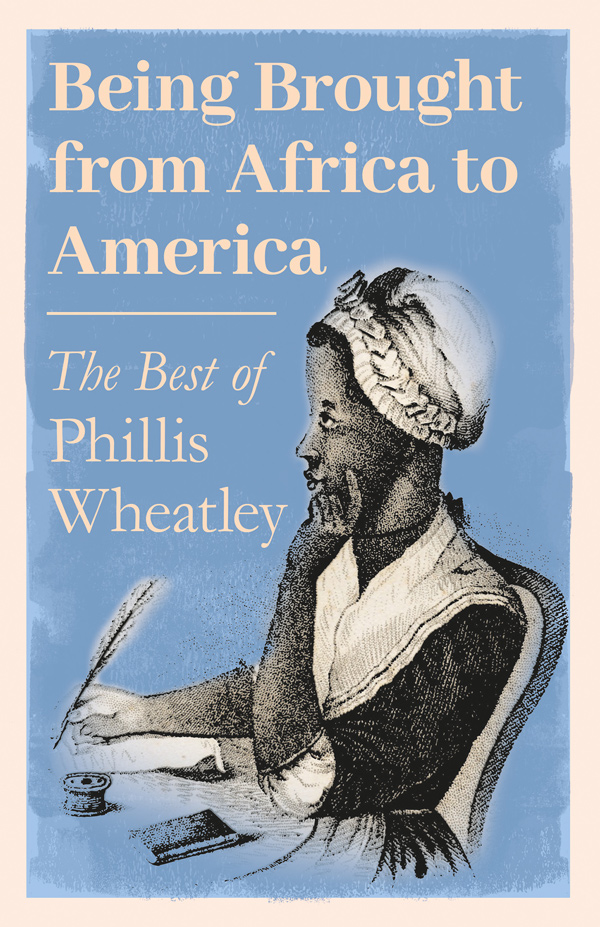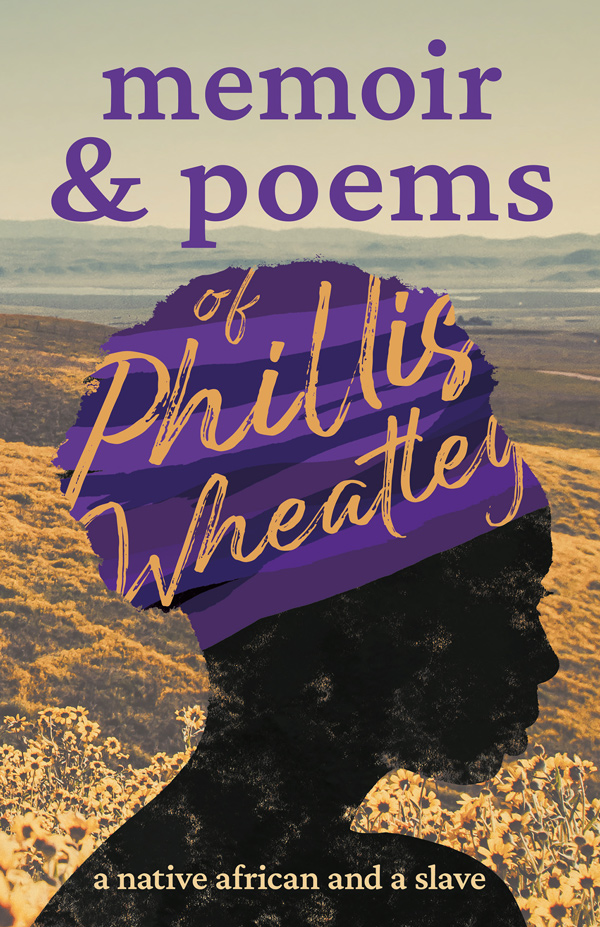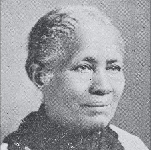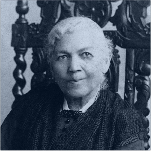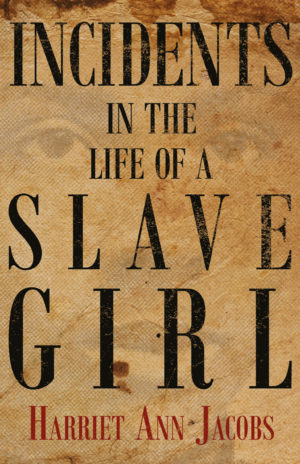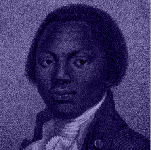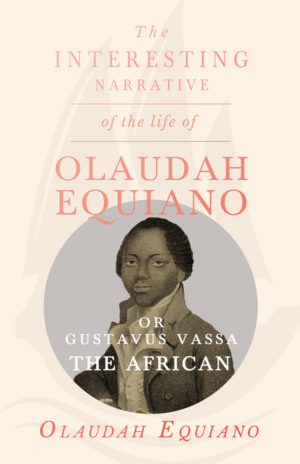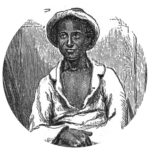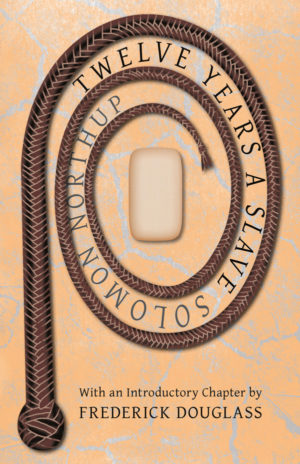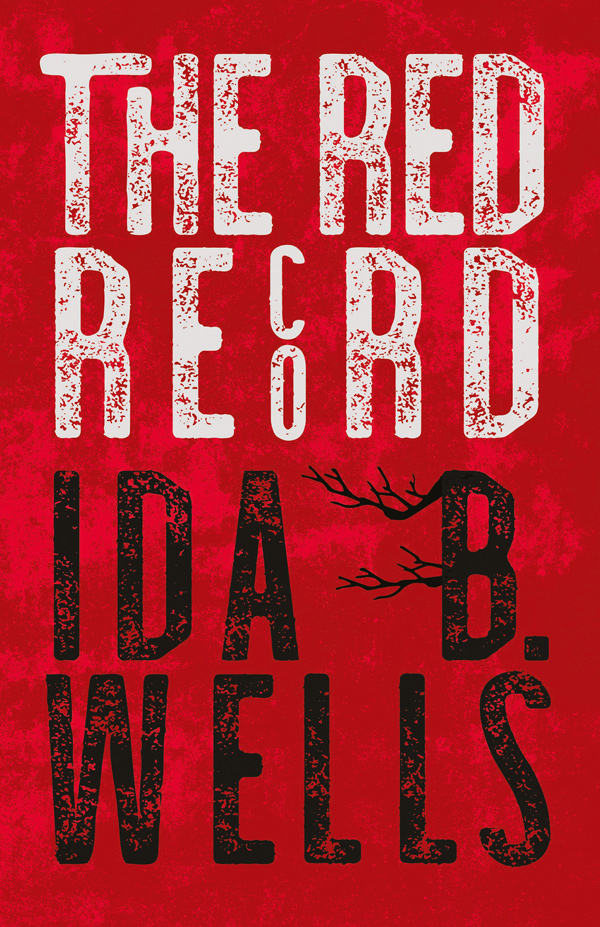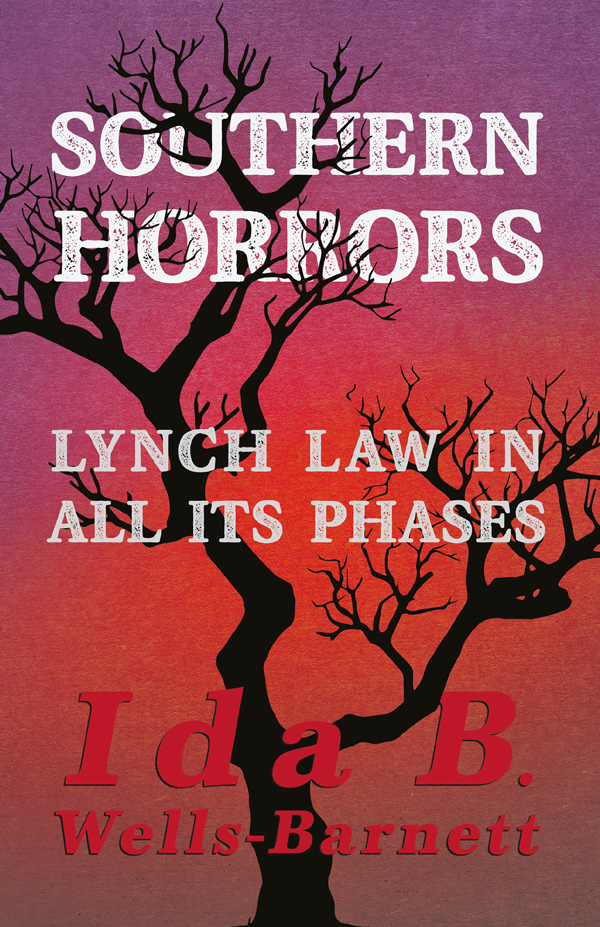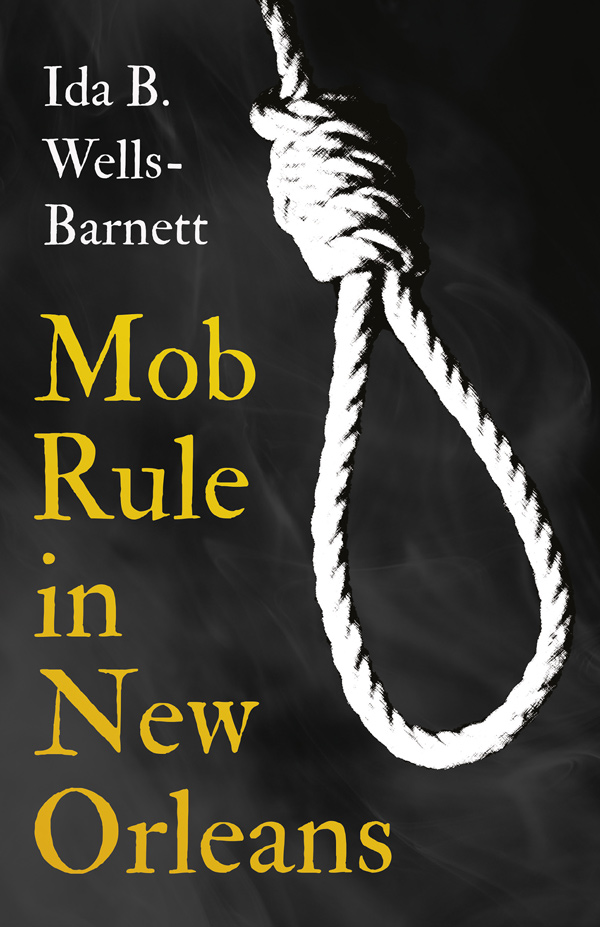Black History Month, founded in 1926 by Carter G. Woodson, is an annual celebration of the achievements and contributions made by people of African heritage. While it originated in the United States, it has grown to become a globally recognised observance, celebrating knowledge, heritage, and culture.
In an era where understanding and acknowledging the past is crucial, it is more important than ever to recognise, remember, and celebrate the Black authors who have profoundly impacted literary history. These pioneering writers have not only provided profound insights into the Black experience and history in America but have also highlighted the injustices faced and the enduring quest for racial equality and self-identity.
In honour of Black History Month, join us as we delve into the works of influential African American authors. Through exploring their personal histories and the indelible impact of their writings, we can gain a deeper appreciation for the rich tapestry of experiences and struggles that have shaped the world we know today.
Essential Books by Black Authors for Black History Month
Table of Contents
Frederick Douglass was an escaped slave turned prominent activist, author, and public speaker. He became a leader in the abolitionist movement, which sought to end slavery before and during the civil war.
‘From my earliest recollection, I date the entertainment of a deep conviction that slavery would not always be able to hold me within its foul embrace; and in the darkest hours of my career in slavery, this living word of faith and spirit of hope departed not from me, but remained like ministering angels to cheer me through the gloom’
– Narrative of the Life of Frederick Douglass, an American Slave
His most famous work, his autobiography Narrative of the Life of Frederick Douglass, an American Slave, describes in detail his experiences as a slave and was one of the most influential works of literature in the abolitionist movement of the United States.
Although he was still in exile, the success of his book allowed him to tour Ireland and escape the widespread fame that could lead to his recapture. Douglass used the money made from his 1845 autobiography to buy his freedom a year after publication.
Books by and about Frederick Douglass
Alice Dunbar Nelson was among one of the first generations to be born free after the Civil War in New Orleans, 1875. She was a novelist, poet, journalist, and political activist, famous for addressing issues of race and society in her work.
The daughter of mixed-race parents, Nelson’s mixed heritage of Anglo, Native American and Creole would go on to influence the complex social matters that she addressed in her work.
‘Her reflections on the state of minorities and the poverty they often faced in the South inspired her to take up activism in hopes of making a true difference with the power she now held as an established author.’
Her work shifted from poetry to essays and journalistic work that explored political and social issues focusing on the rights of Black women everywhere. She was a successful columnist, writing articles, essays, and reviews for newspapers, magazines, and academic journals.
Along with other women of the Harlem Renaissance, she explored racial issues throughout her work and remained a strong advocate for Black people and women’s rights up until her death in 1935.
Born around 1753 in Gambia, Africa, Phillis Wheatley spent most of her life enslaved. Despite this fact, she went on to become the first African American woman to publish a book of poetry in English.
After being transported from Africa to America in 1761, she was bought by the Wheatley family of Boston, Massachusetts, aged only eight years old. The family named her Phillis after the ship that brought her over and gave her their last name as per customs at the time.
The Wheatley family educated her, and at the age of 14, she began to write poetry. A year later, she would go on to write her most anthologised poem: On Being Brought from Africa to America. Even though she was still only young, her work gained her fame on both sides of the Atlantic.
Books by and about Phillis Wheatley
Francis Ellen Watkins Harper was an abolitionist, poet, suffragette, and author. She was born free in Baltimore, Maryland, and her writing career was long and prolific.
‘From threads of fact and fiction I have woven a story whose mission will not be in vain if it awaken in the hearts of our countrymen a stronger sense of justice and a more christian like humanity in behalf of those who the fortunes of war threw, homeless, ignorant and poor, upon the threshold of a new era.’
– Frances E. W. Harper
Her seminal novel, Iola Leroy, or Shadows Uplifted, was published in 1892. This work challenged the cultural and social norms regarding women’s roles at the time and explored the notion that the colour of a person’s skin determined their social status and civil rights. It was the first novel ever published by an African American woman.
Harriet Jacobs was an African American writer responsible for one of the most significant slave narratives ever written, Incidents in the Life of a Slave Girl.
‘Whatever slavery might do to me, it could not shackle my children. If I fell a sacrifice, my little ones were saved.’
– Harriet Jacobs
With the help of Amy Post and white abolitionist Lydia Maria Child, Incidents in the Life of a Slave Girl was published in 1861 under the pseudonym Linda Brent. Her autobiography made an impact on the abolition movement at the time of release, but since it was rediscovered in the Civil Rights Movement of the 1960s, it is now seen as one of the most significant, honest, and empowering narratives of slavery. Incidents in the Life of a Slave Girl continues to be considered an American classic.
Olaudah Equiano, known for most of his life as Gustavus Vassa, was a writer and abolitionist. He was a huge supporter of the British Abolitionist Movement and an active leader of the anti-slave movement in the 1780s. His autobiography The Interesting Narrative in the Life of Olaudah Equiano depicted the horrors of slavery and helped gain passage of the British Slave Trade Act in 1807.
‘I still look back with pleasure on the first scenes of my life, though that pleasure has been for the most part mingled with sorrow.’
– Olaudah Equiano
He published his memoir: The Interesting Narrative of the Life of Olaudah Equiano, or Gustavus Vassa, the African in 1789. The book went through nine editions in his lifetime and was widely read in England. It is one of the earliest-known examples of published writing by an African American author and kickstarted the influential slave narrative genre. Readers were surprised by the quality of the writing and imagery, and the book spurred an anti-slavery movement in Britain, Europe, and the Americas.
or Gustavus Vassa, the African
Solomon Northup was an American abolitionist and the primary author of the memoir Twelve Years a Slave, a story that was adapted into a smash hit blockbuster of the same name, released in 2013. Born free in New York on 10th July 1802, he was the son of a freed slave and a free woman of colour.
– Solomon Northup
During his first year of freedom, he published the memoir Twelve Years a Slave, 1853. His memoir tells the story of his kidnapping and enslavement in great detail, using it as a tool to illuminate his experiences and verify what life was really like on a plantation. The book sold over 30,000 copies within three months.
Discover more classic texts for Black History Month from our Read & Co. History Imprint:

